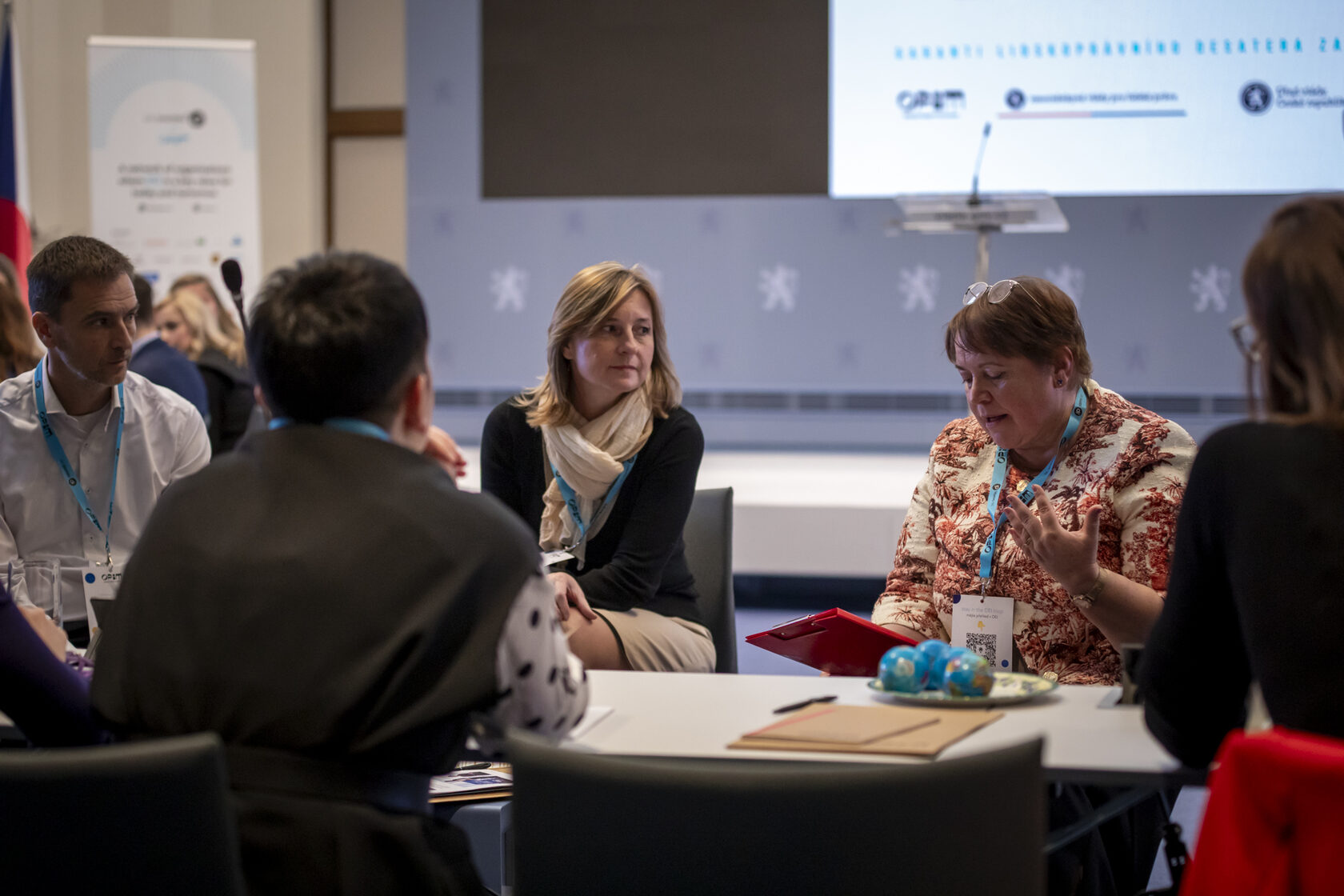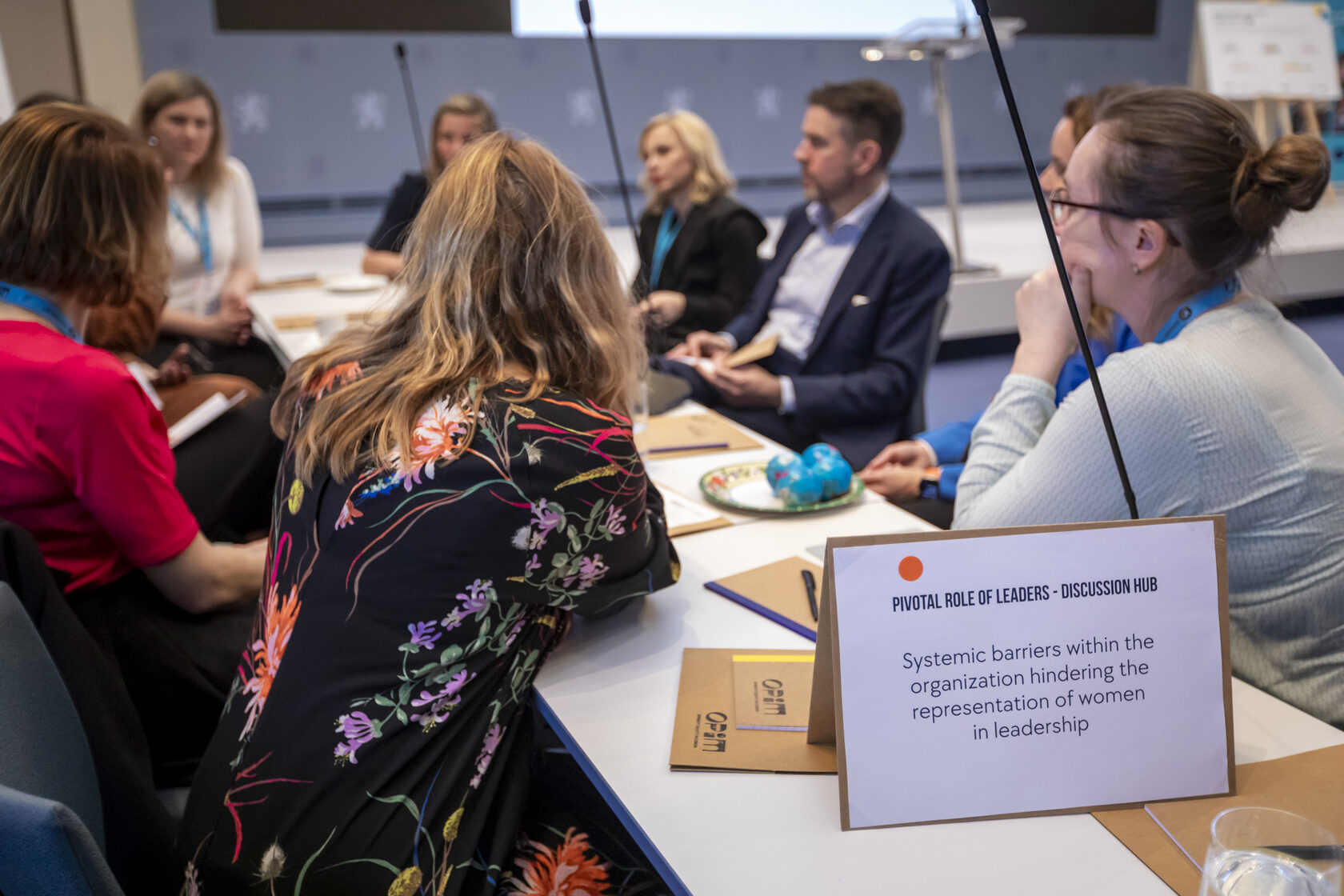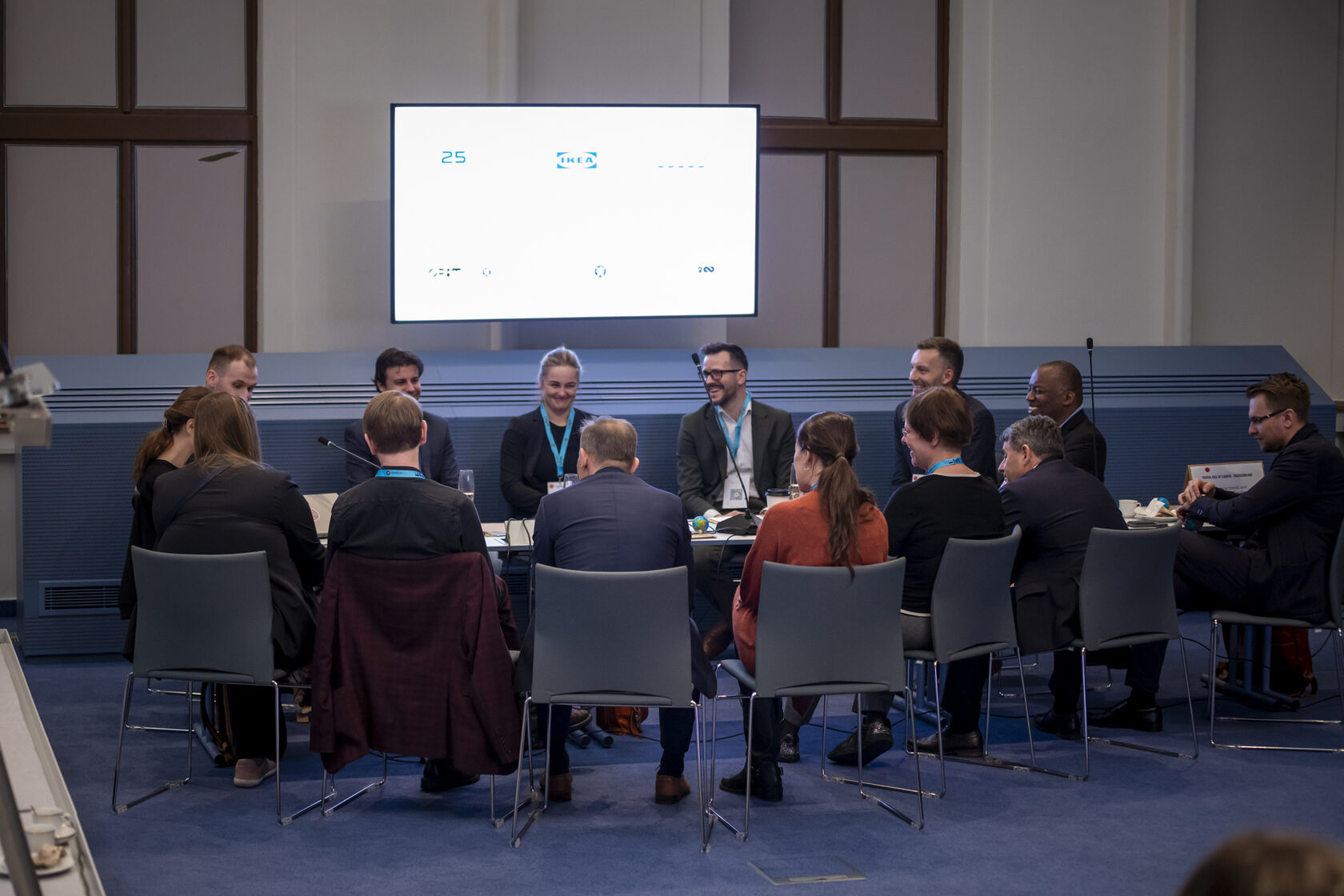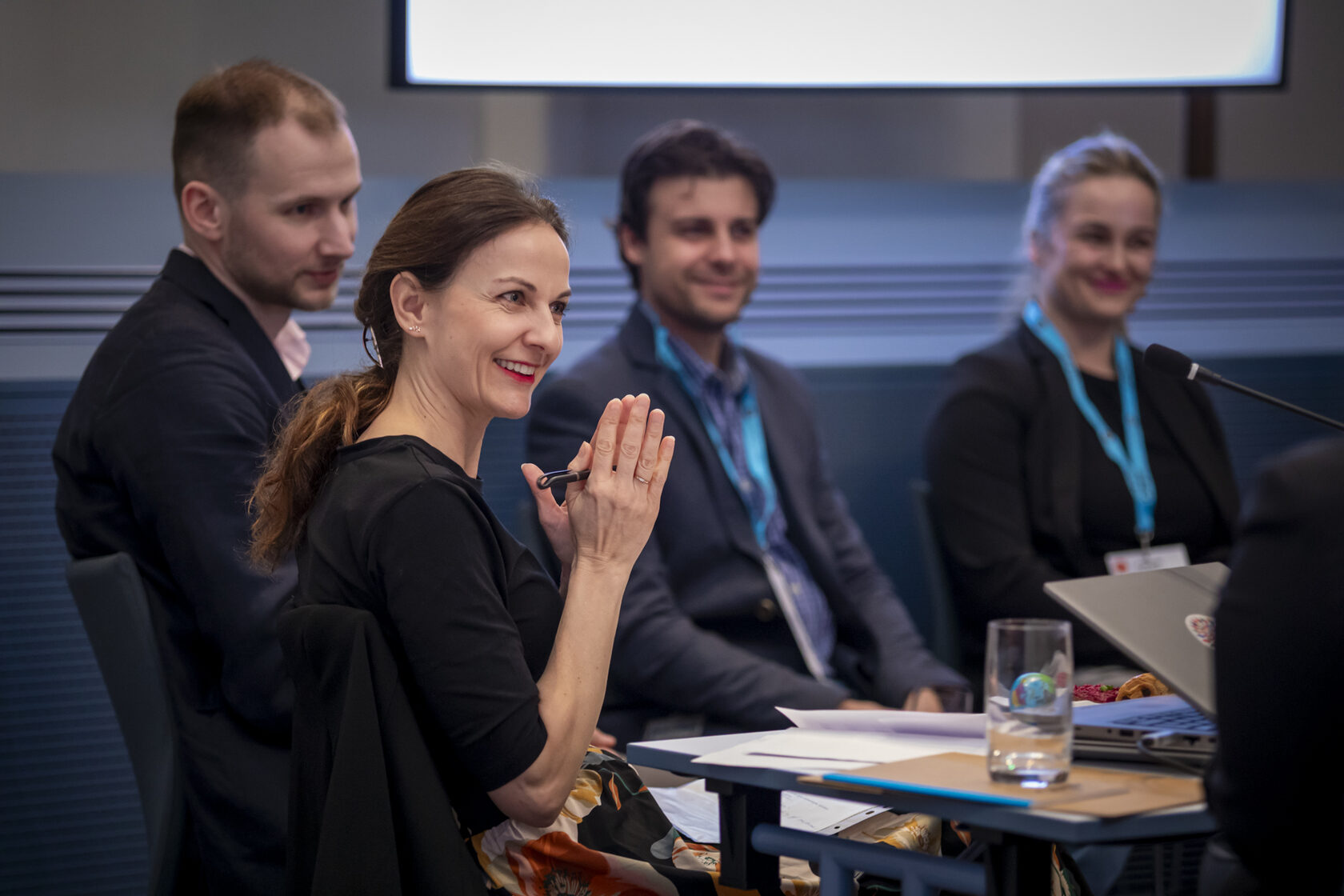For the second part of the Leadership Exchange Meeting at Strakova Akademie, top leaders stepped away from the podium and into intimate breakout sessions to confront the real, often uncomfortable challenges of driving diversity, equity, and inclusion (DEI) in today’s workplaces. In three focused discussion groups focused on Generational Change, Women in Leadership, and DEI Backlas, they shared unfiltered insights, hard-won lessons, and bold ideas for pushing DEI forward despite resistance, complexity, or fatigue. This wasn't about slogans or strategy decks. It was about what happens behind closed doors—where mindset shifts begin, courage is tested, and leadership turns into action. Here’s what we learned.
Leader’s alignment and engagement for company's DEI vision

With up to five generations sharing the workplace, this discussion hub explored how leadership can bridge generational gaps and turn age diversity into an asset.
Highlights:
Highlights:
- Strengths over stereotypes: Companies are moving away from age-based assumptions by leveraging tools like Gallup's CliftonStrengths to build more agile, balanced teams.
- Rethinking job design: Instead of layoffs, some organizations are redesigning roles to accommodate various age-related needs. Though resistance from unions remains a challenge.
- Mentoring across generations: Programs like Albert’s “Experienced” and “Young Albert” foster collaboration, mutual respect, and knowledge-sharing between older and younger employees.
- Attracting Gen Z: Companies are finding it difficult to engage younger talent. Creative leadership-led campaigns, like O2’s anti-ageism elevator posters and Česká spořitelna’s “Age is Just a Number” initiative, are pushing back against unconscious bias.
- Role modeling matters: Leadership must model inclusiion by embracing diversity in age, perspective, and workstyle—and by showing that it’s never too early or too late to lead.
Systemic barriers to increase female leadership representation, and DEI supportive measures

The secong group examined the persistent structural barriers keeping women out of top leadership roles, despite increasing representation at mid-levels.
Highlights:
Highlights:
- Narrow roles, limited impact: Women are often steered into roles seen as “less strategic” (e.g. HR, ESG), while long-term board mandates further limit their access to decision-making positions.
- Invisible contributions: Performance evaluations prioritize revenue, ignoring relational skills like mentorship and collaboration: areas where many women excel.
- Beyond imposter syndrome: Self-doubt is often a symptom of systemic bias, not individual inadequacy. The group emphasized shifting the conversation from “fixing women” to fixing the system.
- Sponsorship over networking: Informal support isn’t enough. Women need structured sponsorship pathways to advance, with leaders actively opening doors to strategic roles.
- Bold call to action: “Let’s stop talking so much about imposter syndrome and start taking our seats at the table.”
Emerging trends and threats in DEI reflecting the current socio-political situation in the U.S.

This discussion hub addressed the growing backlash against DEI, particularly the ripple effects from U.S.-based pushback, and how companies are adapting while holding onto their values.
Highlights:
Highlights:
- Language shift, not value shift: Many global companies are reframing DEI under broader themes like wellbeing or belonging to reduce political friction, without abandoning the core mission.
- Staying grounded in context: In the Czech Republic, DEI is less politicized—rooted in fairness, talent attraction, and human rights rather than identity politics.
- Creative resilience: While U.S. sponsors pulled out of events like Pride fun runs, companies like Tesco stepped up. Firms are finding new ways to sustain support—even through legal workarounds if needed.
- Messaging matters: Understanding backlash drivers (e.g. fear of quotas, discomfort with visible diversity) helps organizations reframe their narrative without losing momentum.
- Local advantage: Migration and cultural openness in Central Europe support a less polarized, more pragmatic approach to DEI.

Despite differing themes, all three groups echoed a shared message: DEI is not a checkbox, it’s a long-term, strategic commitment.
Ultimately, the future of DEI relies on courage, collaboration, and the unwavering belief that inclusive workplaces are not just more humane—they’re more effective.
Stay tuned for more insights from OPIM’s upcoming events and let’s continue shaping the future of work—together.
- Leaders must align around a clear vision of inclusion.
- Systemic change must replace superficial fixes.
- Values must be preserved, even as language evolves.
Ultimately, the future of DEI relies on courage, collaboration, and the unwavering belief that inclusive workplaces are not just more humane—they’re more effective.
Stay tuned for more insights from OPIM’s upcoming events and let’s continue shaping the future of work—together.
